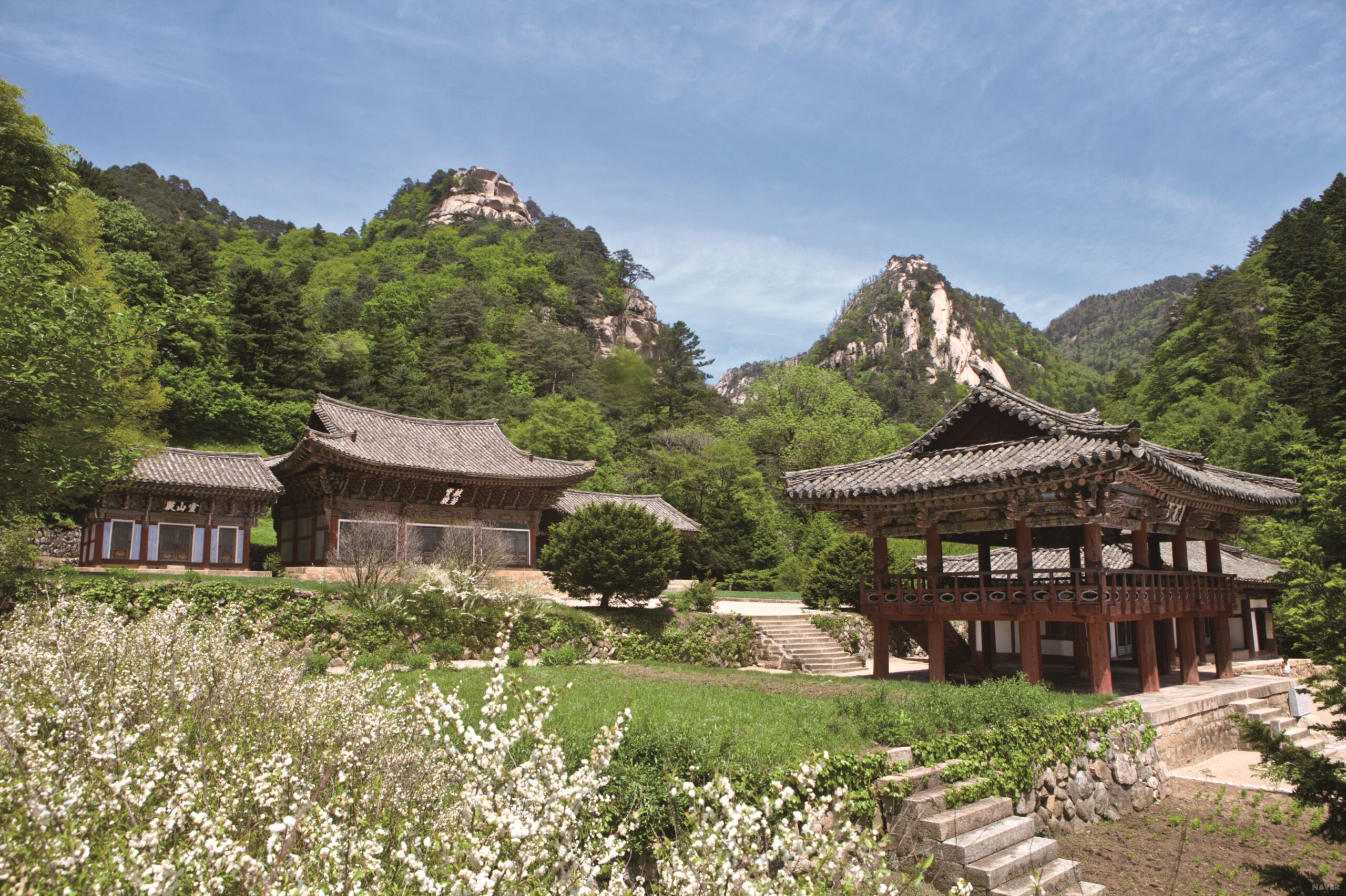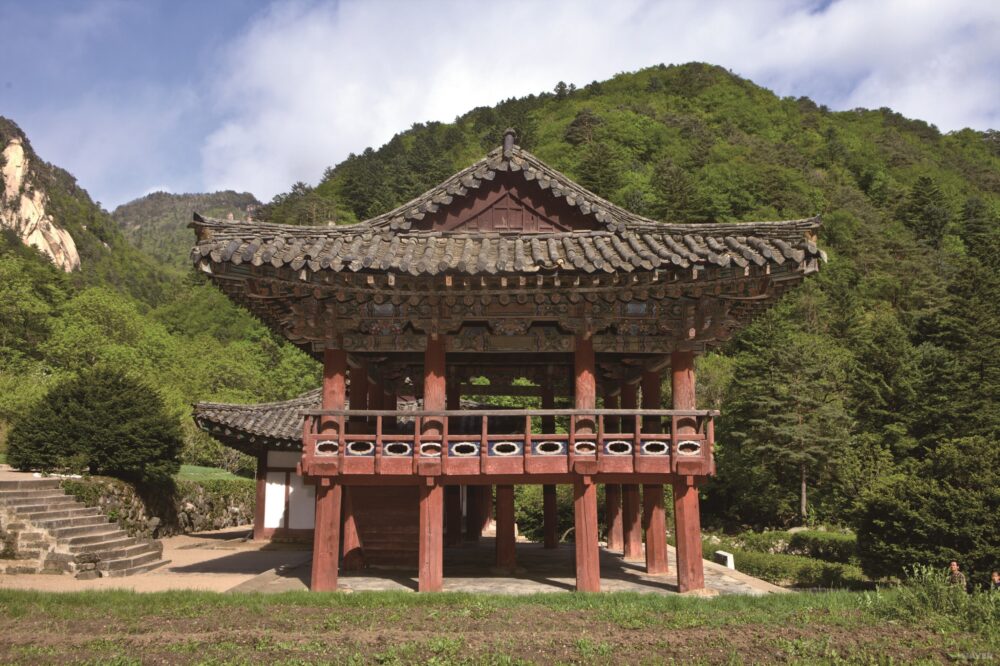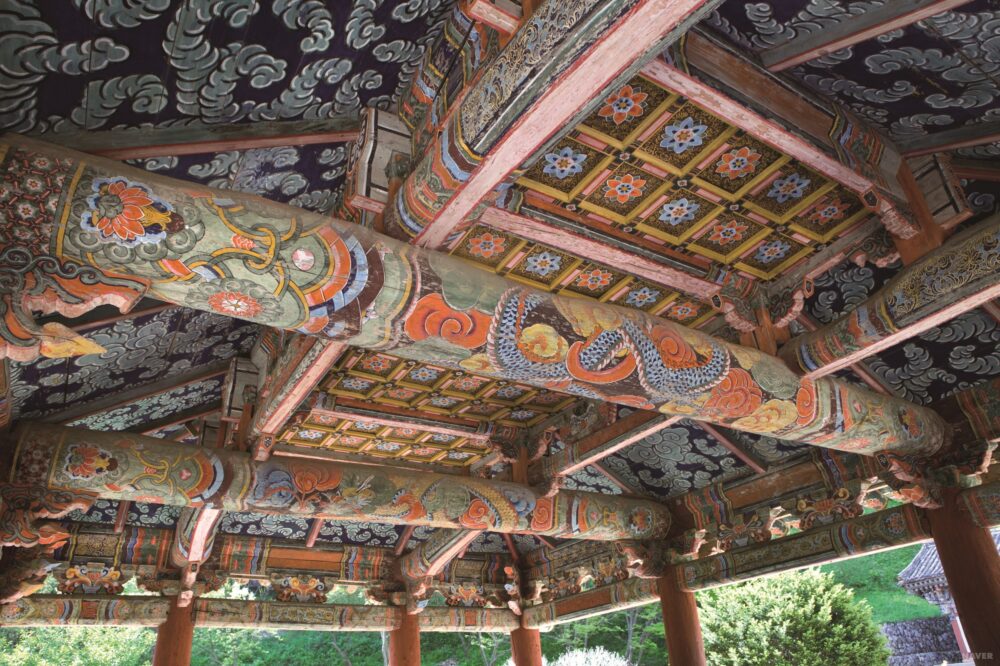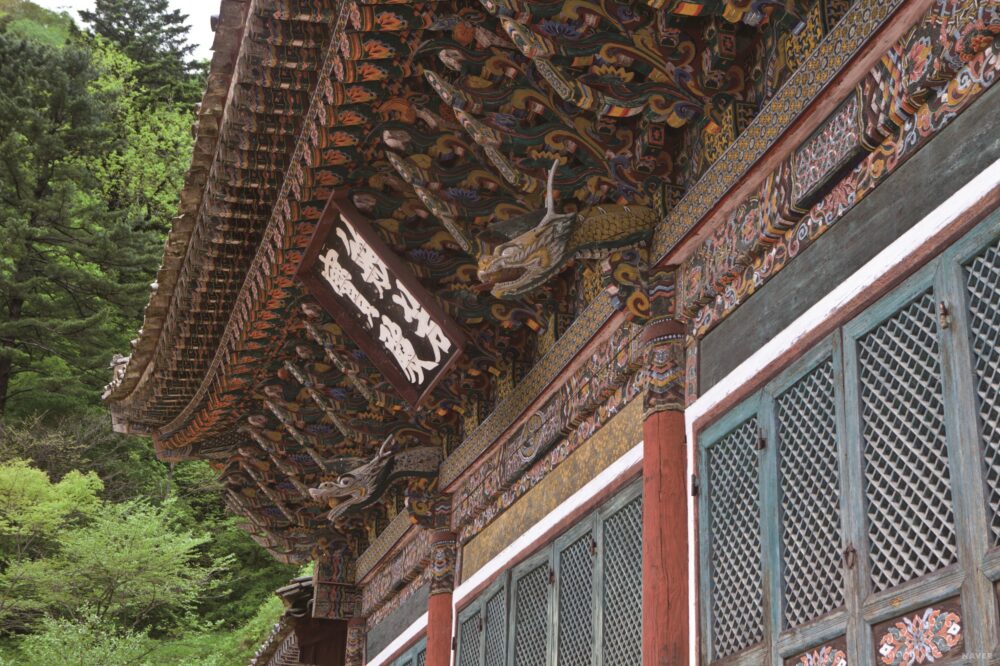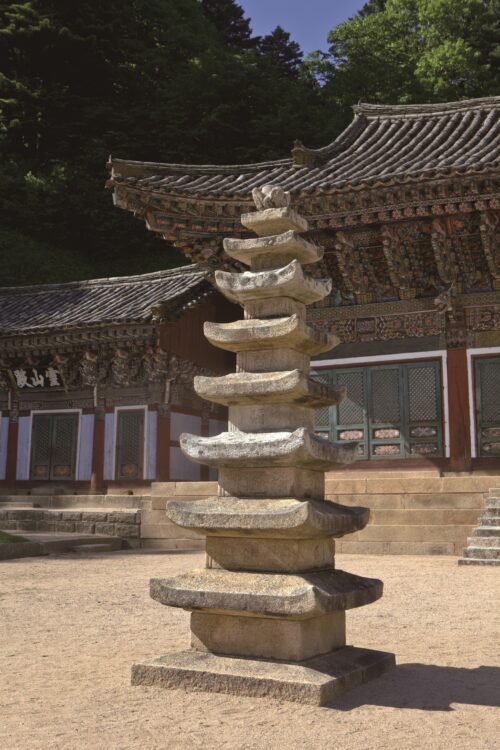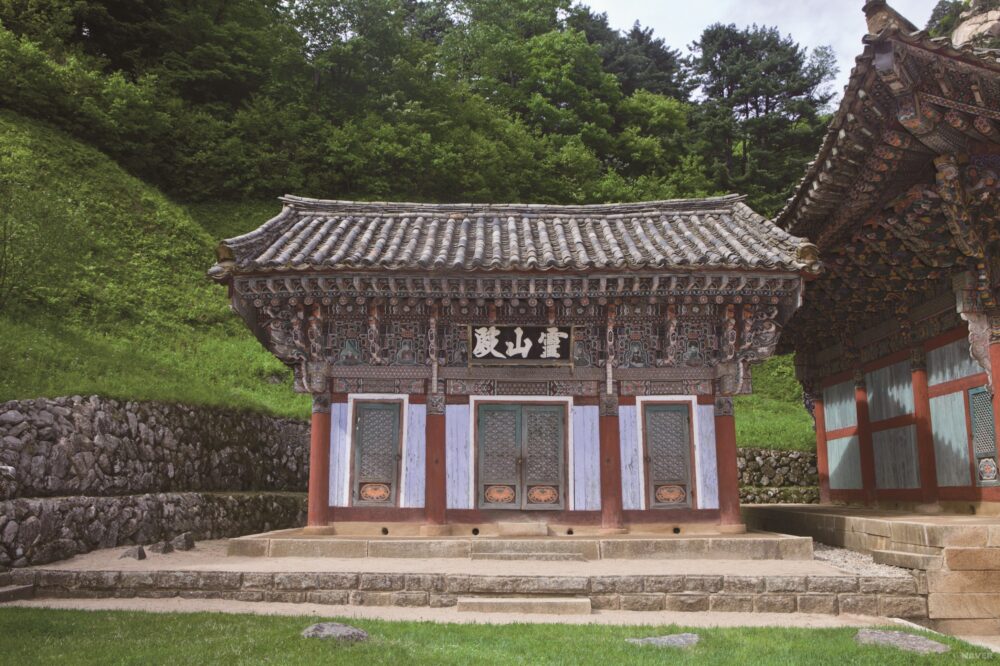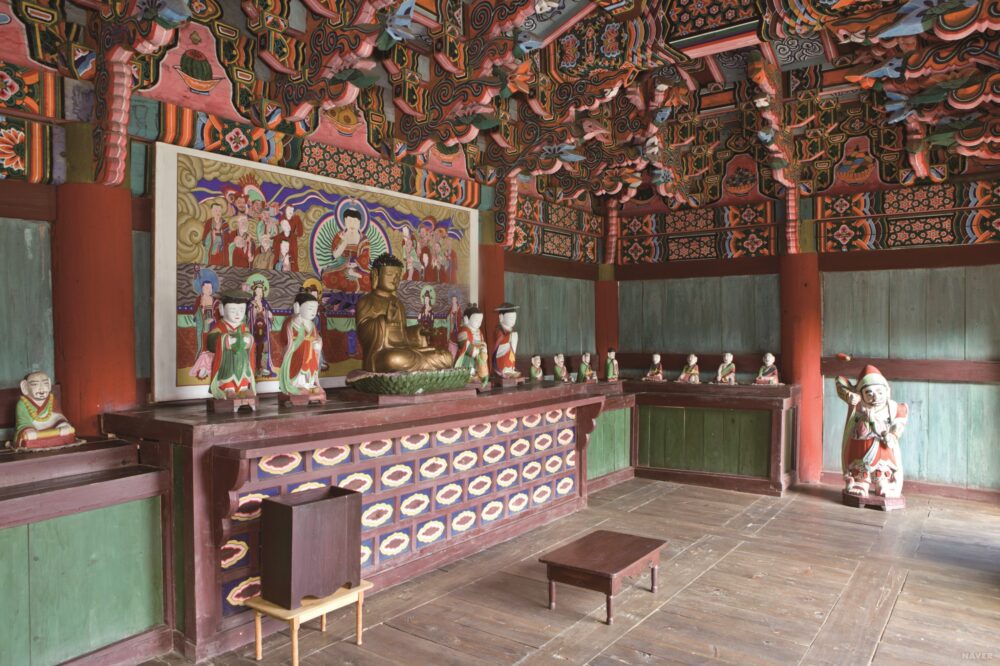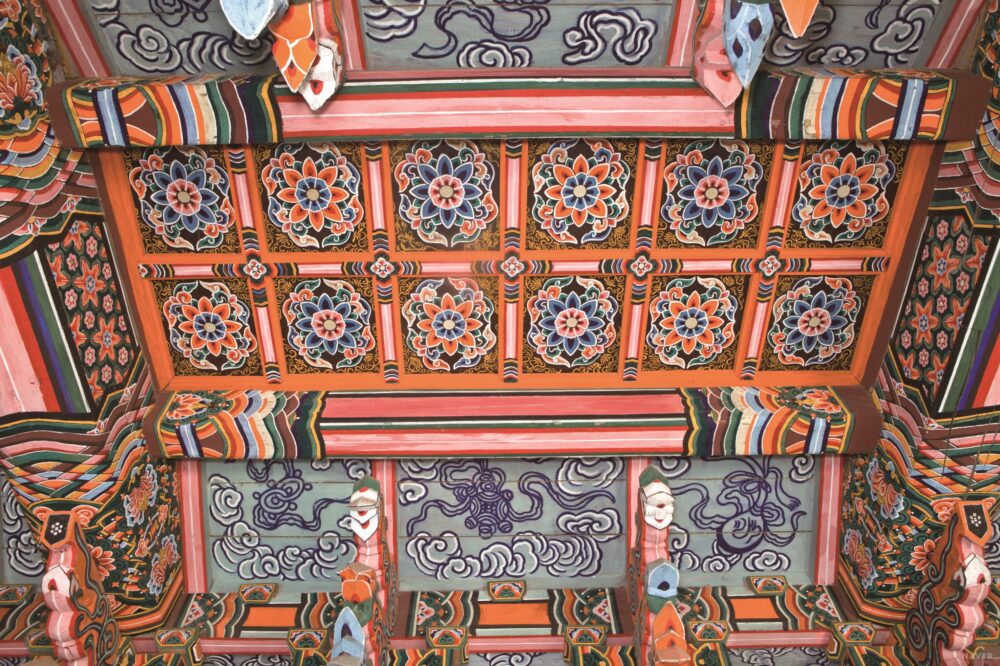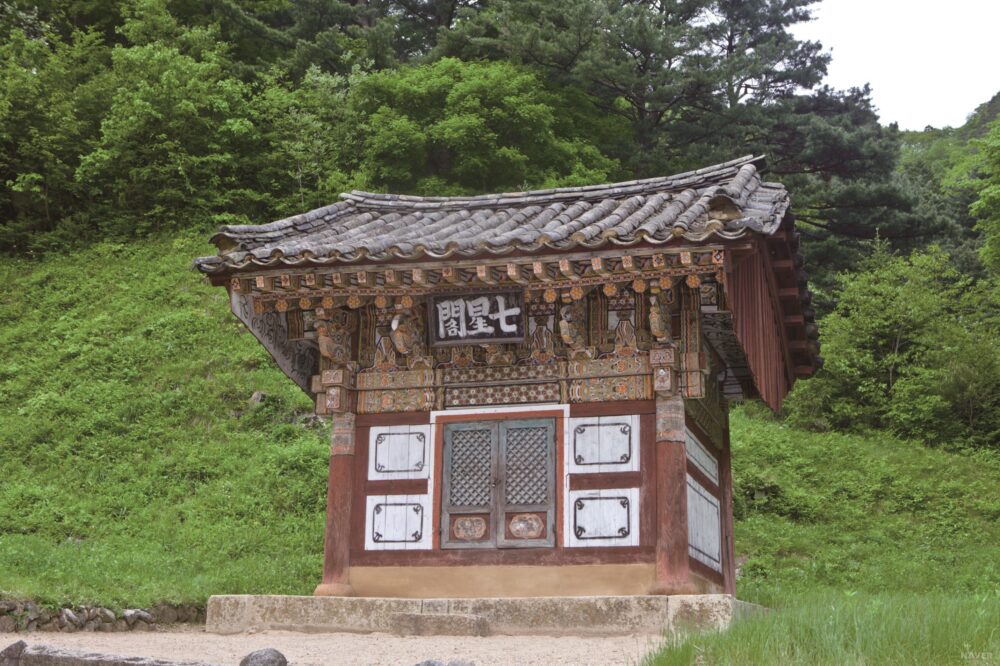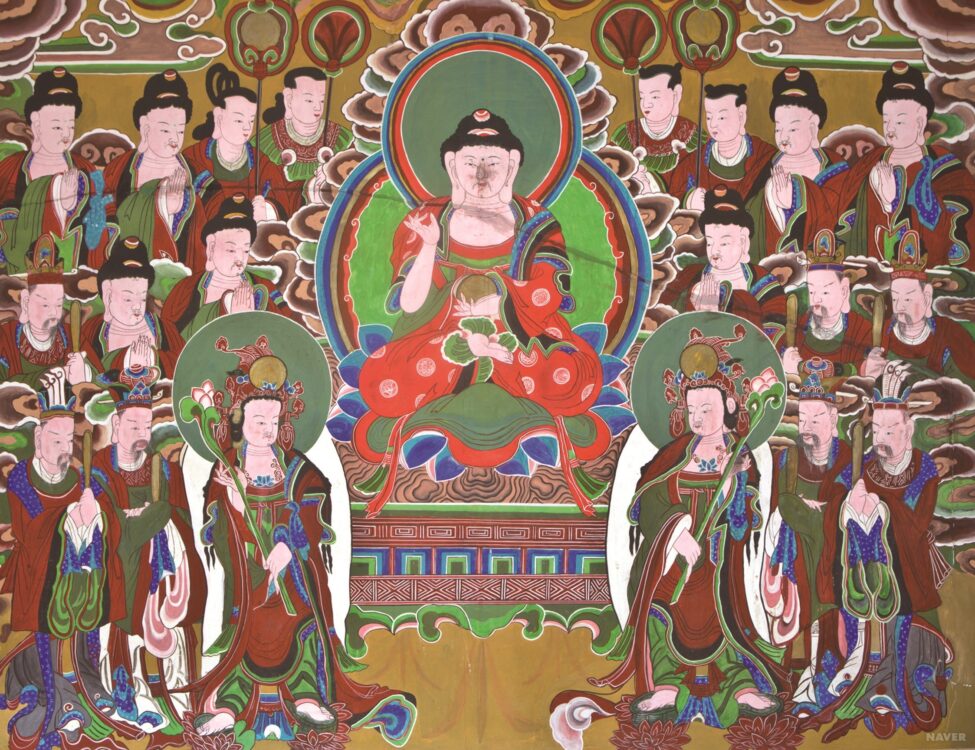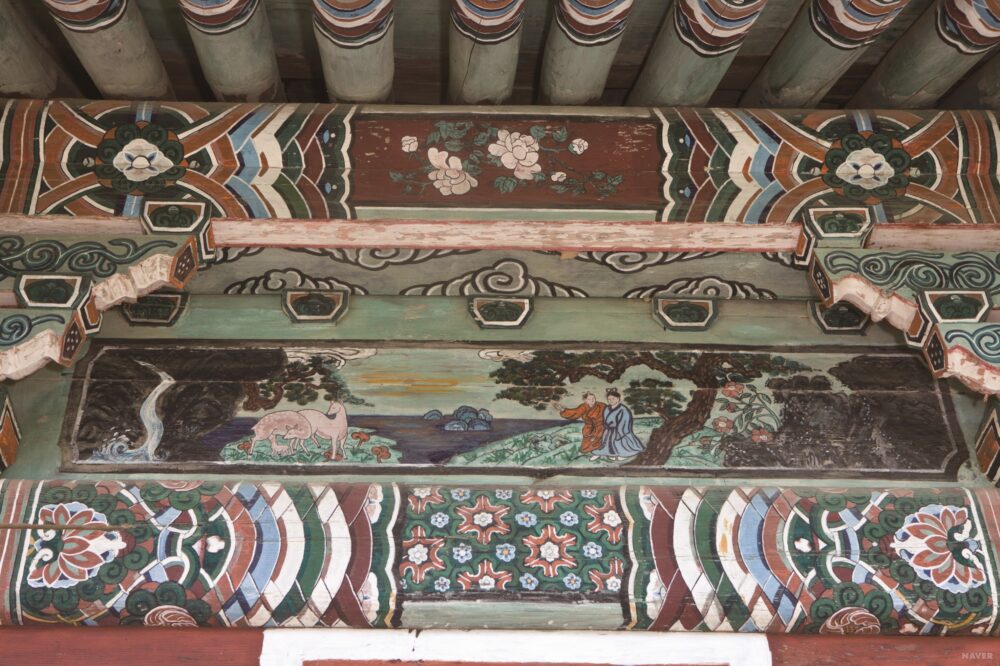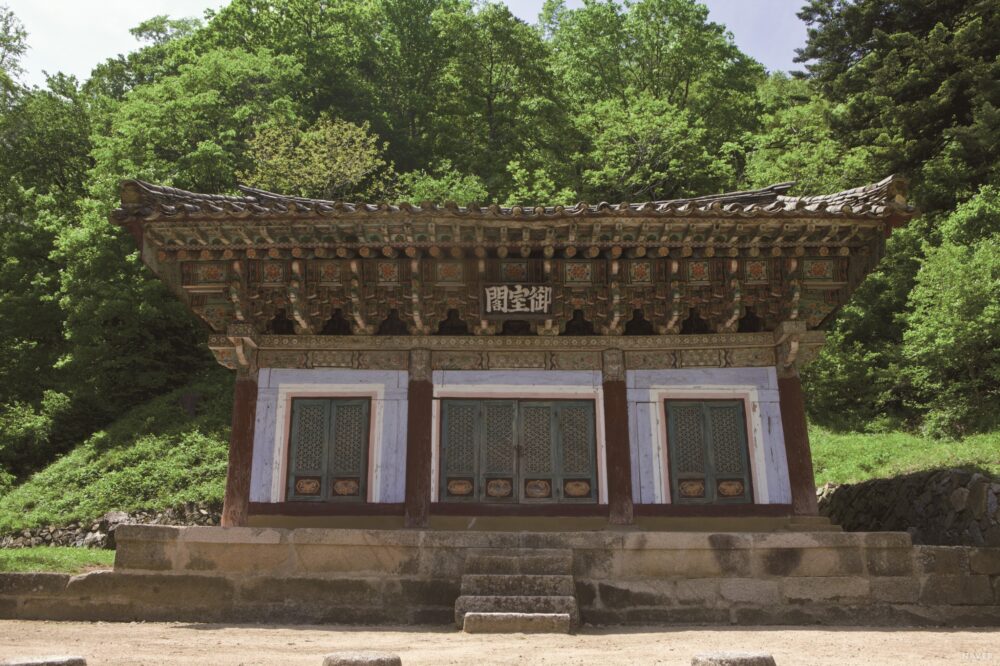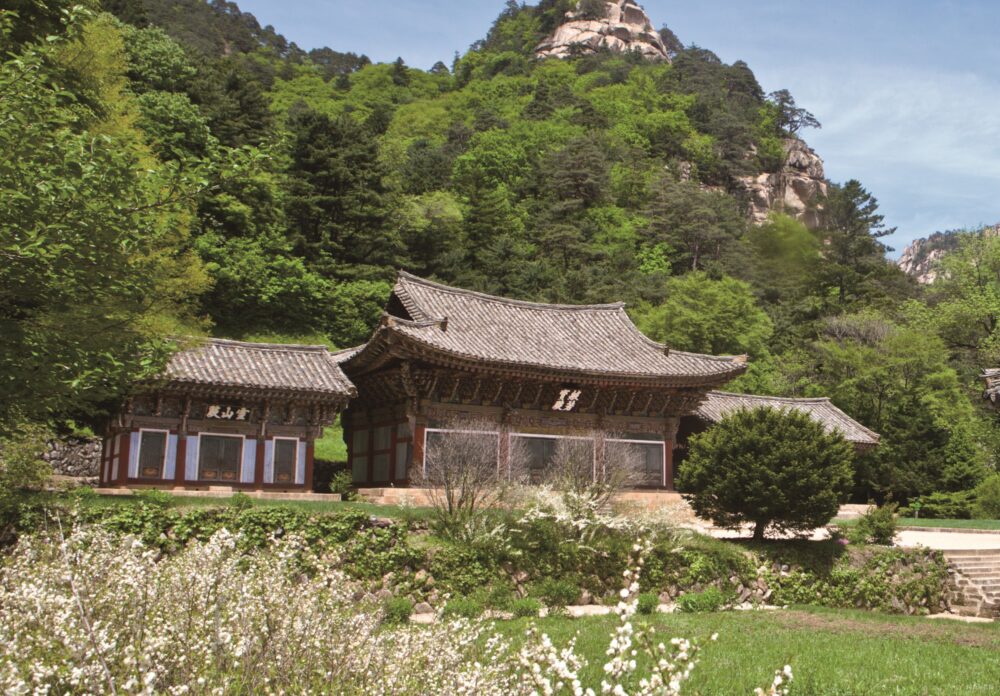Pyohunsa Temple – 표훈사 (Kumgang, Kangwon-to, North Korea)
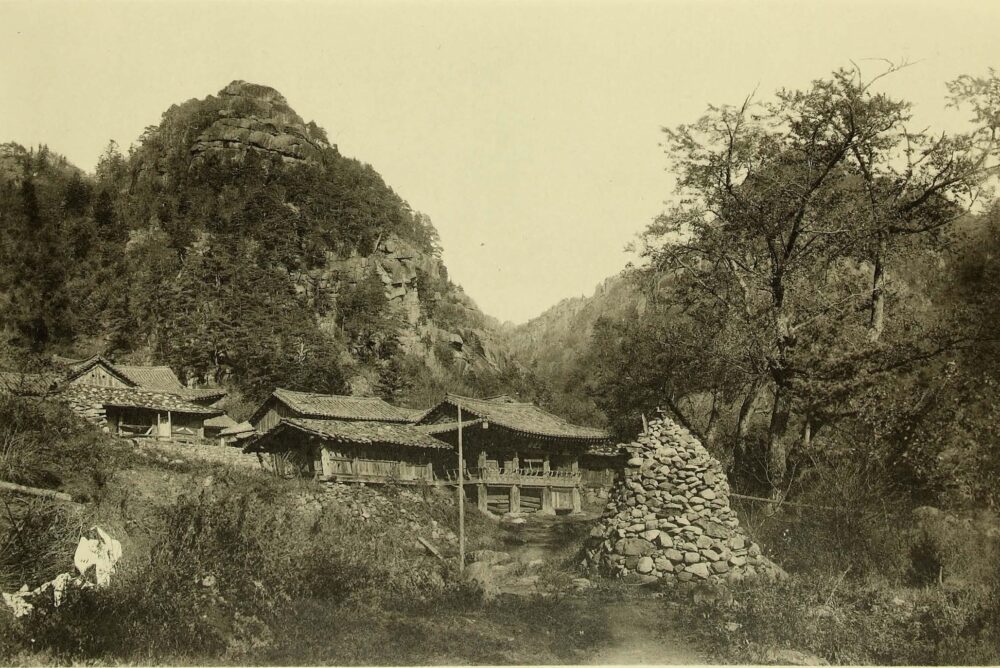
Temple History
Pyohunsa Temple is located in Kumgang [Geumgang], Kangwon-to [Gangwon-do], North Korea near Mt. Kumgangsan [Mt. Geumgangsan] (1638 m). And for some of this article, it should be noted, that the spelling of North Korean places will use the North Korean style of spelling. Pyohunsa Temple was first founded in 670 A.D. just two years after the unification of the Korean Peninsula under Unified Silla (668-935 A.D.) rule. The temple was established by disciples of Uisang-daesa (625-702 A.D.). These monks were Neungin, Sillim, and Pyohun; and originally, the temple was called Sillimsa Temple. However, the temple changed its name to Pyohunsa Temple some three years after it was first established. Eventually, Pyohunsa Temple along with Changansa Temple [Jangansa Temple], Singyesa Temple, and Yujomsa Temple [Yujeomsa Temple] would become the Four Great Temples of Mt. Kumgangsan [Mt. Geumgangsan].
During the Joseon Dynasty (1392-1910), Ming Dynasty (1368–1644) envoys visited Pyohunsa Temple three separate times in 1408, 1427, and 1432. These envoys visited Pyohunsa Temple during their tour of Mt. Kumgangsan [Mt. Geumgangsan]. And over its long history, it’s been restored twice. The first restoration took place in 1682 and the second in 1778. Originally, there were as many as twenty temple shrine halls at Pyohunsa Temple; but currently, there are only a handful of temple shrine halls that include the Banyabo-jeon Hall, the Myongbu-jeon Hall [Myeongbu-jeon Hall], the Yongsan-jeon Hall [Yeongsan-jeon Hall], the Eosil-gak Hall, the Chilsong-gak Hall [Chilseong-gak Hall], and the Neungpa-ru Pavilion.
During Japanese Colonial Rule (1910-1945), Mt. Kumgangsan [Mt. Geumgangsan] became a major tourist site for the Japanese. As a result, Pyohunsa Temple, which was known as Hyokun-ji Temple in Japanese, became a popular destination for visitors because of its beautiful location and architecture. Pyohunsa Temple received significant funding at this time to help restore the temple by the Japanese administration. Pyohunsa Temple was the only one of the four major temples of Mt. Kumgangsan [Mt. Geumgangsan] to survive the Korean War (1950-1953) intact. Neighbouring Singyesa Temple has subsequently been rebuilt, but Pyohunsa Temple remains the only one of the historic Four Great Temples of Mt. Kumgangsan to have remained largely intact and unscathed.
Pyohunsa Temple is North Korean National Treasure #97. The temple is also home to the Stupa of the Venerable Sosan [Seosan-daesa], which is Cultural Asset #306. And throughout history, Pyohunsa Temple has been depicted several times by Korean painters including Jeong Seon (1676-1759), Choi Buk (fl. 1755-1785), and Kim Hong-do (1745-1806? or 1814?).
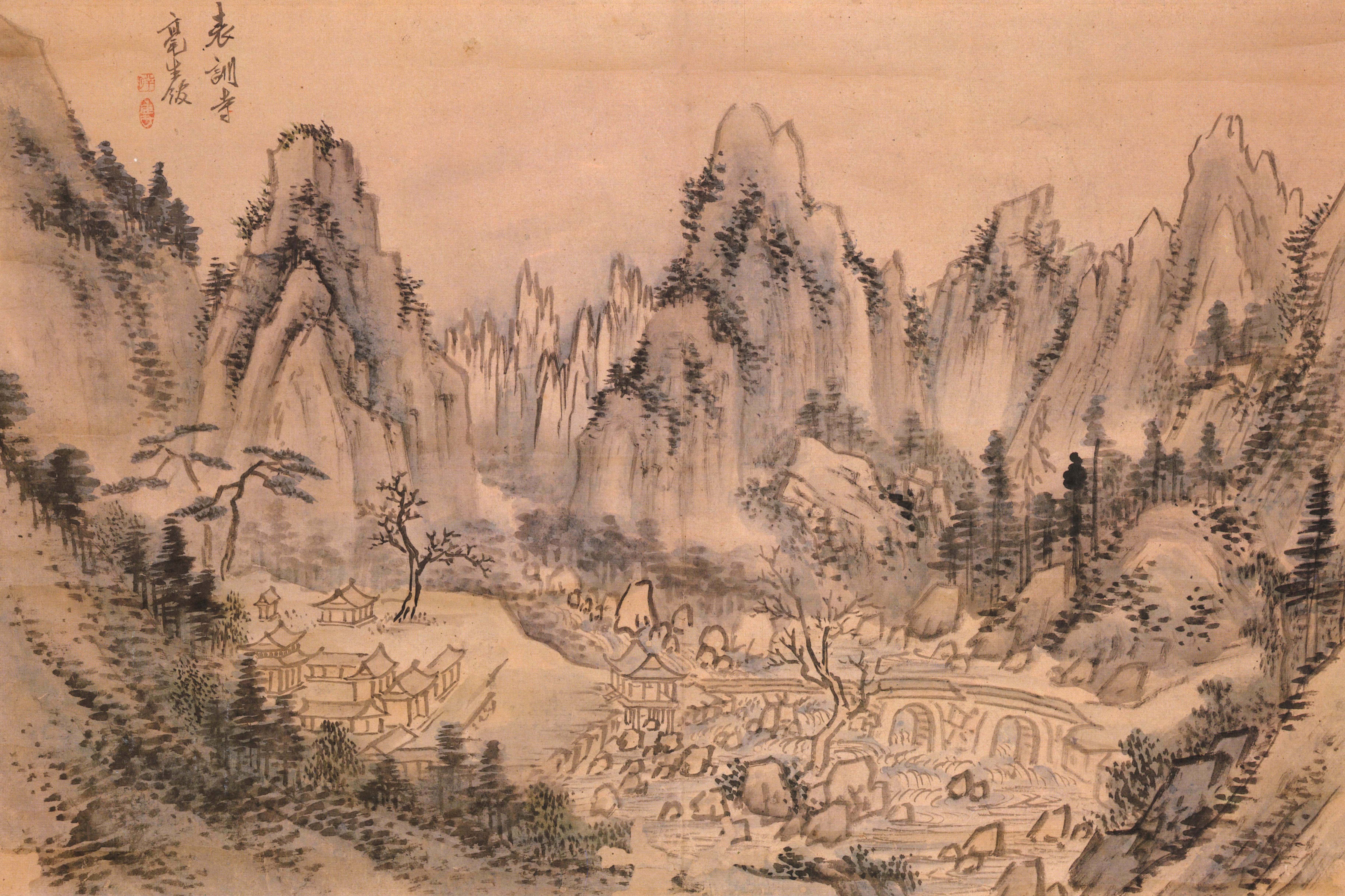
Temple Layout
As you first approach Pyohunsa Temple, you’ll be welcomed by the Neungpa-ru Pavilion. You pass under the first story of the low-ceiling structure and emerge on the other side in the main temple courtyard. The second story of the Neungpa-ru Pavilion is meant for outdoor meetings and/or meditation. The second story of the Neungpa-ru Pavilion is wonderfully ornate with vibrant dancheong colours. Some of the murals are ggotbi (rain of flowers) on the ceiling of the structure, murky clouds on the side panels, and a pair of yellow and blue dragons across the beams of the structure.
In the main temple courtyard, you’ll find a seven-story pagoda. Behind this slender structure, which appears to be missing its base, is the uniquely named Banyabo-jeon Hall. The reason for this is the main altar image housed inside the Banyabo-jeon Hall. The Korean word “banya” is a transliteration of the Sanskrit word “prajna,” which means wisdom or understanding in English. And housed inside the Banyabo-jeon Hall is Beopgi-bosal (The Dharma Emerged or Dharma Arisen Bodhisattva), or Dharmodgata in Sanskrit. Beopgi-bosal is a pretty obscure Bodhisattva in Korean Buddhism.
So a little background on why Beopgi-bosal plays a central role at Pyohunsa Temple. According to Richard D. McBride in “Domesticating the Dharma: Buddhist Cults and the Hwaeom Synthesis in Silla Korea,” he states that alongside the Hwaeom sites on Mt. Odaesan, Mt. Kumgangsan [Mt. Geumgangsan] was recognized by Buddhists as the abode of the Beopgi-bosal. The reason for this is that according to the eighty-roll translation of the Flower Garland Sutra it states “In the midst of the ocean [in the northeast regions] there is a place called Diamond Mountain. Since days of yore all Bodhisattvas have stopped to dwell [there for a time]. Beopgi-bosal and his entourage is an assembly of all the Bodhisattvas, one thousand two hundred personages in all. They reside there constantly expounding the Dharma.”
However, the location of the Diamond Mountain isn’t mentioned in the sixty-roll Flower Garland Sutra. The eighty-roll translation was completed at the end of the 7th century, but Mt. Kumgangsan [Mt. Geumgangsan] had yet to be called as such. The early Huayan master, Master Fazang (643-712 A.D.), stated about these mountains in his “Record of Searching for the Arcane in the Flower Garland Sutra” as “Zhidan,” which is the earthly abode of Beopgi-bosal. And in the sixty-roll sutra, it’s stated that Beopgi-bosal had an entourage of some twelve thousand Bodhsattvas somewhere in the middle of the four great seas of the world.
In under a hundred years, a commentary was written about the Flower Garland Sutra by Chengguan, who was a dharma disciple of Fazang. In this commentary, Chengguan reports that the place in Silla (57 B.C. – 935 A.D.) that had been called the living space of Beopgi-bosal was now called the Diamond Mountain (Mt. Kumgangsan).
As stated by Cheongguan in his commentary: “Diamond Mountain is a mountain called ‘Jingang’ [Kumgang in Korean] located in the east of Haidong [Silla]. Although it is not made wholly of gold, up, down, all around, and when you go into the mountain’s precincts it is all gold in the midst of the sand of the flowing waters. When you look at it from a distance the whole thing is golden. Furthermore, the people of Haidong [Silla] have told each other from ancient times that this mountain has long been a place where saintly beings [Bodhisattvas] manifest.
“Nevertheless, in the Jin [sixty-roll] translation this location is listed as the ninth because, like the tenth Zhuangyan Cave, they are both located in the middle of the sea. And those who dwell here now think it is within the eight directions because it is attached to the northeastern regions. If this is not so, why would something clearly explained as being in the eight directions suddenly be said to be in the sea?
“Furthermore, in the Jin translation, in the middle of the sea there are two dwelling places. One is called Zhidanna, on which a Bodhisattva named Beopgi-bosal manifests. There are twelve thousand Bodhisattvas in his entourage. What is called Zhidan is more fully called Nizhiduo, which means ‘gushing.’ ‘Diamond’ refers to its essence, and ‘gushing’ refers to its condition. As for Beopgi-bosal, it’s said to mean ‘dharma producing,’ ‘dharma gushing,’ and also ‘dharma stillness.’ Now he is called Dharma Arouser, the meaning of which is the same as ‘producing’ or ‘gushing’…”
And because Cheongguan was active on China’s sacred mountains like Mt. Wutai (3,061 m), Mt. Emei (3,099 m), and Mt. Zhongnan (2,604 m) during the late 8th century to the early 9th century, it seems possible that Mt. Kumgangsan [Mt. Geumgangsan] was renamed by Silla Buddhists sometime during the 8th century. Also active at this time were the aforementioned disciples of Uisang-daesa: Pyohun, Neungin, and Sillim. These three Silla monks founded new temples and restored old temples in the Mt. Kumgangsan [Mt. Geumgangsan] area during the late 7th century and the 8th century, which points to the fact that Hwaeom Buddhists lived in this part of the Korean peninsula. And the reason for the elevation of Beopgi-bosal to such prominence in the Mt. Kumgangsan [Mt. Geumgangsan] area of the Korean peninsula is because it allowed for the Silla Hwaeom Buddhist ideology that, not only was Silla a Buddhist country, but that it was a Buddha-land on the edge of the civilized world rather than some marginalized territory that could be easily reduced to something unimportant.
So now that we know the idea behind Beopgi-bosal being the central figure inside the Banyabo-jeon Hall and Mt. Kumgangsan [Mt. Geumgangsan] having the name it does, we can better understand and appreciate the role that Pyohunsa Temple plays in making these claims a reality. As for the Banyabo-jeon Hall itself, its exterior walls are painted in a pale blue colour and its front latticework is rather simple in design. Up in the eaves, you’ll find intricate woodwork and vibrant dancheong colours that include dragon heads.
To the left of the Banyabo-jeon Hall is the Yongsan-jeon Hall [Yeongsan-jeon Hall]. Like the Banyabo-jeon Hall, the exterior walls of the Yongsan-jeon Hall [Yeongsan-jeon Hall] are simplistically painted in a pale blue colour. And like the Banyabo-jeon Hall, the eaves of the Yongsan-jeon Hall [Yeongsan-jeon Hall] are both intricate and vibrantly adorned with dancheong. Stepping inside the compact Yongsan-jeon Hall [Yeongsan-jeon Hall], you’ll be greeted by a main altar centred by a statue of Seokgamoni-bul (The Historical Buddha). And on either side of the main altar are sixteen statues of the Nahan (The Historical Disciples of the Buddha). The interior of the Yongsan-jeon Hall [Yeongsan-jeon Hall] is wonderfully adorned with intricate dancheong colours and ornate wooden eave features. And the ceiling of the interior is adorned with beautiful floral patterns known as “ggotbi” in Korean.
Behind the Yongsan-jeon Hall [Yeongsan-jeon Hall] is the Chilsong-gak Hall [Chilseong-gak Hall]. Like the other two shrine halls in front of it, this shaman shrine hall is simply adorned around its exterior walls with a simple light blue coat of paint with the Chilsong-gak Hall [Chilseong-gak Hall] crowned with wonderfully ornate dancheong. Stepping inside the Chilsong-gak Hall [Chilseong-gak Hall], you’ll find a modern painting dedicated to Chilsong [Chilseong] (The Seven Stars).
To the right of the main hall is the temple’s Myongbu-jeon Hall [Myeongbu-jeon Hall]. The exterior walls of this temple shrine hall are adorned with peaceful floral murals, while housed inside on the main altar is an image of Jijang-bosal (The Bodhisattva of the Afterlife).
To the front left of the cluster of temple shrine halls is the Eosil-gak Hall. The temple shrine hall was first built in 1796 by King Jeongjo of Joseon to pray for the spirit of Crown Prince Sado (1735-1762). The only other structure at Pyohunsa Temple, and to the right of the Neungpa-ru Pavilion, is the Pando-bang Hall, which are the monks’ dorms.
How To Get There
For now, in today’s political climate, you don’t. But hopefully one day soon we can. Below is a map of where to find Pyohunsa Temple in Kumgang, Kangwon-to, North Korea.
Overall Rating: 8/10
Pyohunsa Temple is a beautiful, historic temple with a lot of its original temple shrine halls still intact. As a result, it gives us a greater insight into North Korean Buddhism. Of special note is the Banyabo-jeon Hall and the unique main altar image of Beopgi-bosal (The Dharma Emerged or Dharma Arisen Bodhisattva). Also of interest is the Eosil-gak Hall dedicated to Crown Prince Sado, the Chilsong-gak Hall’s [Chilseong-gak Hall’s] painting dedicated to the Seven Stars, and the Neungpa-ru Pavilion at the entry of the temple grounds. Hopefully one day soon we’ll be able to visit this historic temple more freely.
Historical Pictures of Pyohunsa Temple
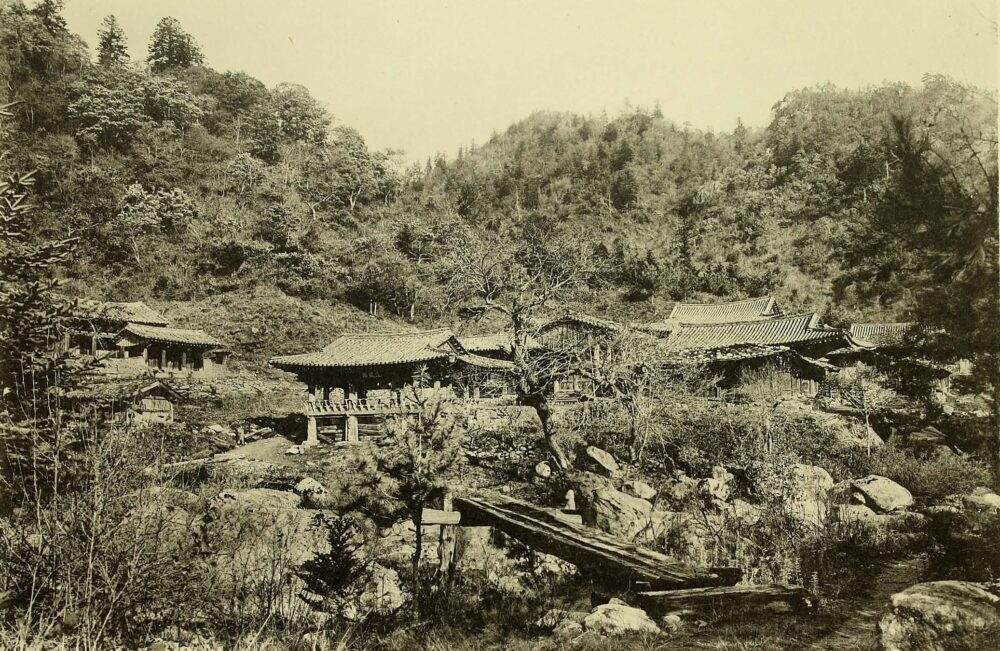
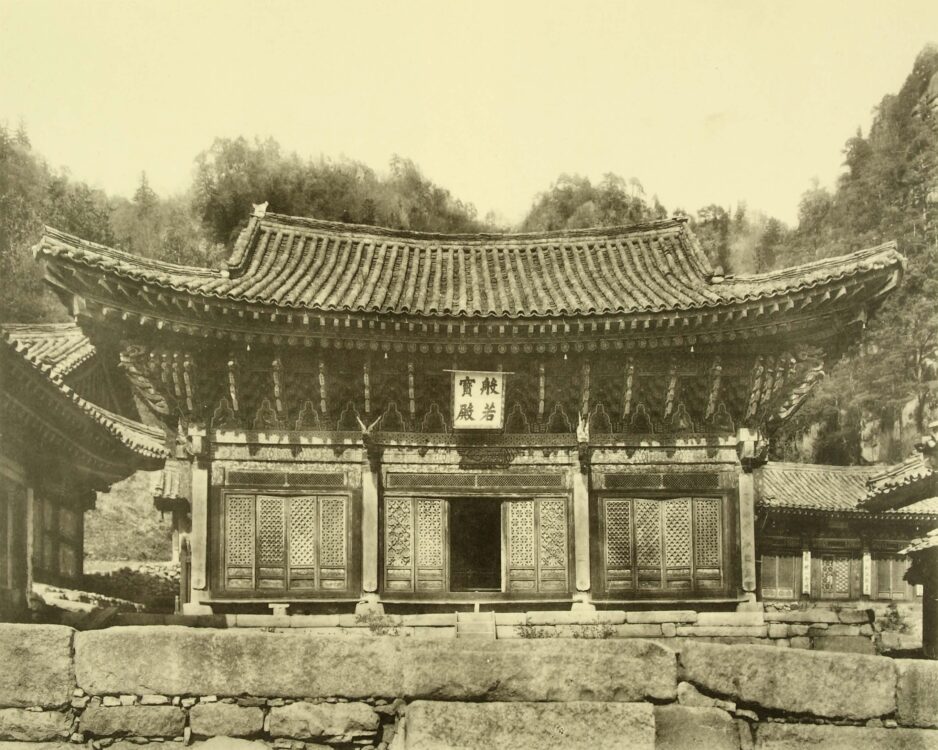
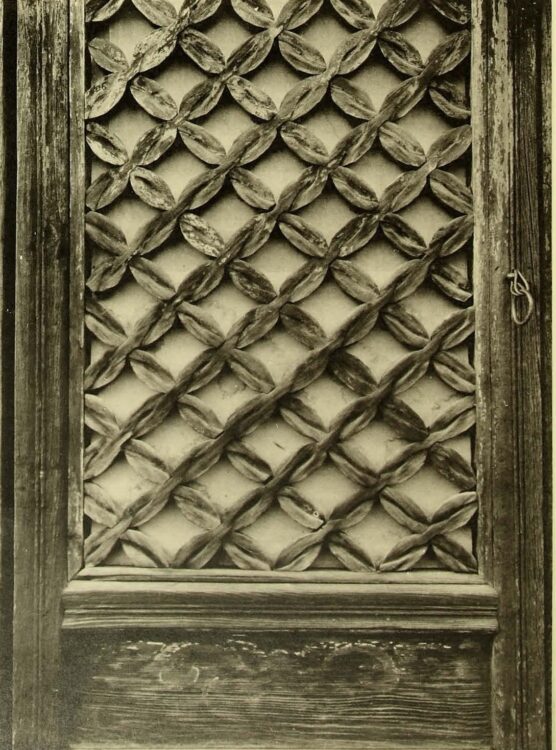
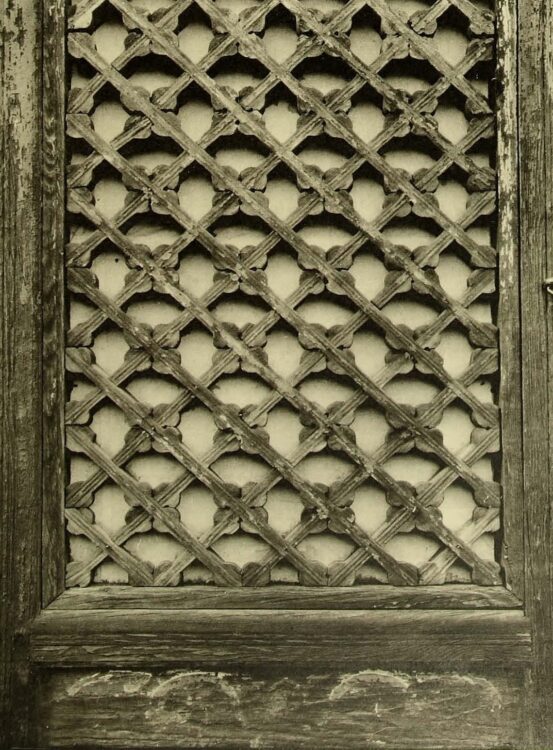
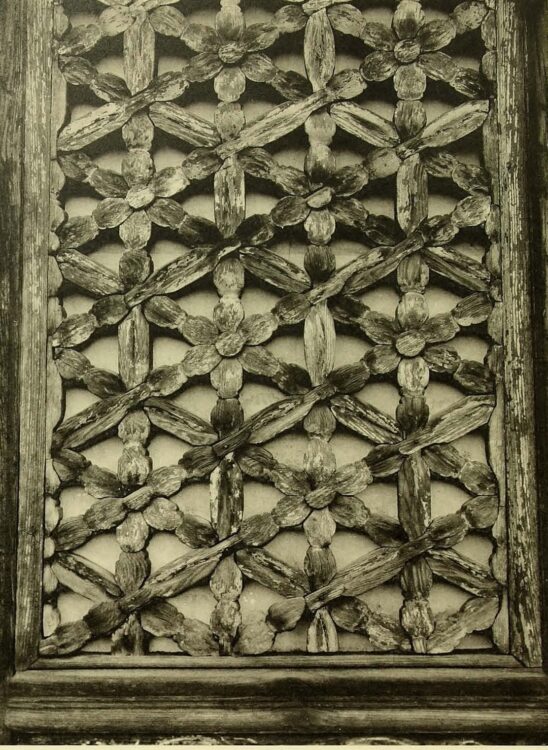
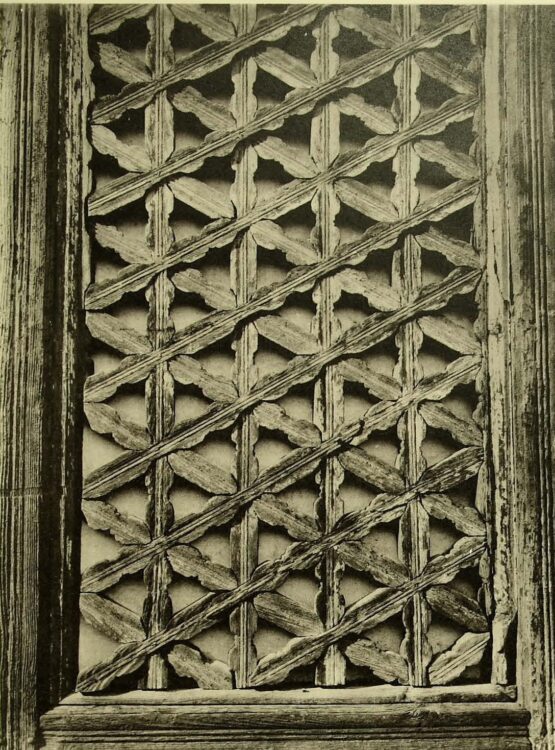
Pyohunsa Temple Now
